AC and DC: Converting Between Two Currents
2024-01-29 | By Antonio Velasco
Previously, we talked about AC/DC current and the differences between the two. For this blog, we'll talk about converting between the two and the component that does it. As there are 2 types of current, there will subsequently be 4 different types of conversions: AC-AC, DC-DC, AC-DC, and DC-AC. Each type is done differently and requires a specific component.
DC-DC
Let's start with DC converters! I talked about these before in a buck converter blog, but DC-DC converters step down or up the voltage. They do this through an amalgamation of components (inductors, capacitors, switching transistors, etc.). They'll receive an input voltage, and depending on the settings, will supply a different voltage. Switching components are the real workhorse here, turning off and on repeatedly to regulate the current.
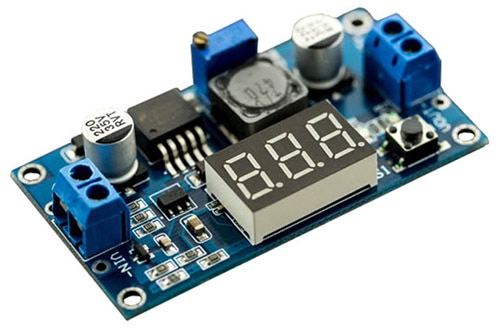
DC-DC converters are most common with battery-powered electronics, such as the rover I created in Engineering 7A. Compared to the others, this component is pretty straightforward!
AC-AC
Alternating Current, as mentioned in the prior article, is a type of current that will change its direction repeatedly, but still supply the same amount of electricity. This is done for several reasons, and overall makes it easier to manage larger loads. AC-AC converters are different from DC-DC converters, not only because they utilize AC, but also because AC-AC converters can alter other parameters, such as phase in addition to voltage.
This type of component is typically called an AC voltage transformer (or a converter). This is the type of large device that you may see outside of buildings that receives power from the grid. The AC current coming from the electrical grid, of course, needs to be stepped down for usage in your home.
The way this works is by manipulating the AC current via wound coils. An accumulation of these wound coils around a magnetic core can either step up or down the voltage depending on the usage. All of this occurs while keeping the frequency the same, maintaining that important aspect of AC.
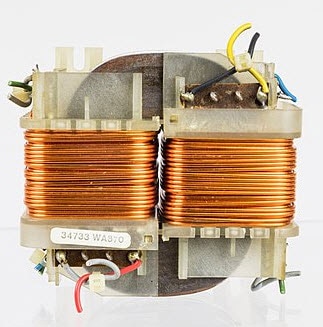
Examples of when you'd need to use an AC-AC converter include motor control (changing speed), voltage regulation or transformation, and phase conversion. Especially since frequency is very important in AC, being able to convert between two levels is paramount.
DC-AC
Now, let's talk about something more complicated: the DC-AC converter. This device is typically referred to as an inverter; a component that alters the polarity of the current into an oscillating flow.
The way that the inverter works is through a process that essentially creates its own AC current--thus making its own waveform and acting as an AC power source itself. The transistors and thyristors within the component allow it to generate waves by switching the DC input. It starts by receiving the DC input, which may sometimes go through an onboard buck converter first to ensure that the voltage level is appropriate, then moves it to an electronic circuit that rapidly switches on and off. This switching component, like the buck converter, allows the current to be regulated, but this time in pulses, and allows for waveforms to be generated. After this, they may typically go through filters or control components--but after that, a fresh AC waveform is produced.
You'll see these most commonly on solar panels as they typically receive DC and need to transform into AC to allow them to be compatible with the grid.
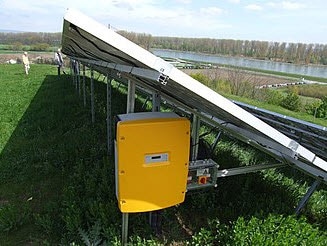
They can also be important to carry if, for some reason, you need your car battery to end up powering your house or some outlets!
AC-DC
Finally, let's talk about AC-DC current converters. Like DC-AC converters, they also have a fancy name: rectifiers. They essentially employ the usage of diodes, which allow for current to flow in only one direction. This component forces the AC signal, which keeps reversing polarity, to remain in one direction and thus become DC.
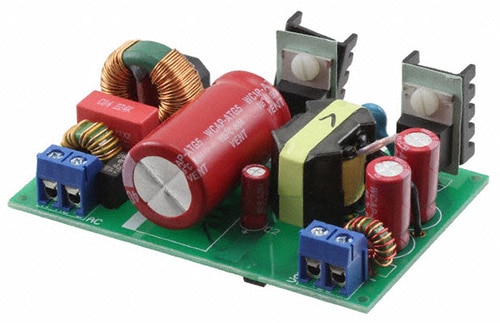
They can receive voltage from both positive and negative AC currents by utilizing a combination of four diodes. Each diode is meant to handle one side of the polarity, thus allowing current to continue in one direction. They can also utilize one diode to get pulses of DC voltage and capacitors to smooth out the voltage. The capacitors essentially take in the voltage, store the excess energy during the peaks, and disperse it in the dips. With this one diode setup, the conversion rate is much lower.
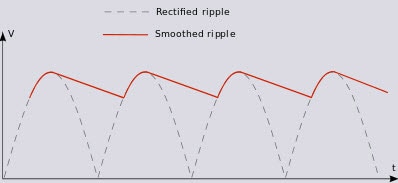
You'll typically see AC-DC converters in most of your household electronics, as your house receives AC via a transformer from the grid, which your outlet will provide. These come in the form of charger bricks, or they're just simply built into the appliance themself. An example of this is the large brick on your laptop charger.
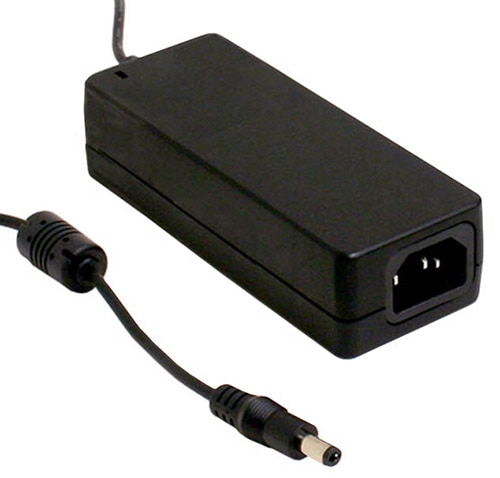
Wrapping it Up
Converting between all the currents and levels of said currents is important to ensure that your electronics get exactly the power that they require. Improper current and voltage will inevitably damage your components--as I learned the hard way with a few Servo motors!
See my first blog on AC/DC current explaining the two here!

Have questions or comments? Continue the conversation on TechForum, DigiKey's online community and technical resource.
Visit TechForum










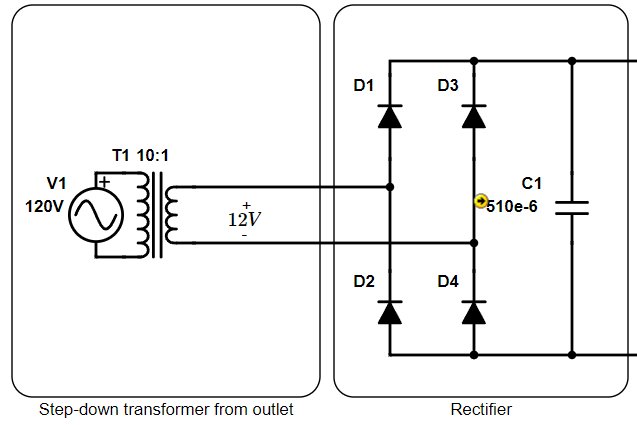

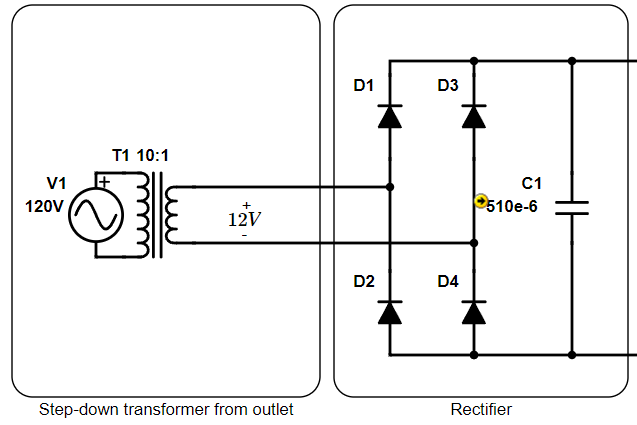




 中国
中国